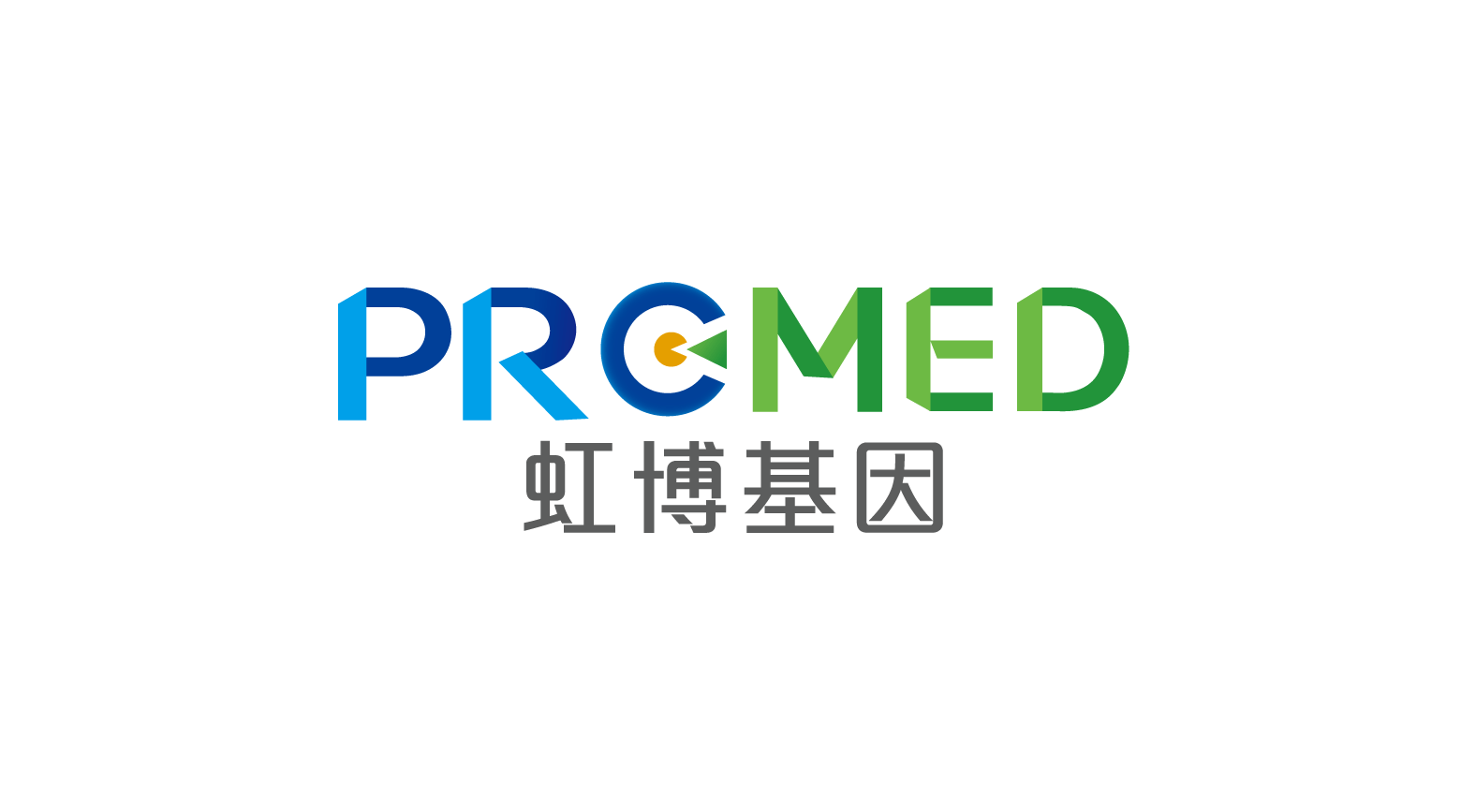Differential diagnosis of viral and bacterial respiratory tract infections
Background information
acute respiratory tract infection (ARTI) is one of the most common infectious diseases, especially lower respiratory tract infection or combined lower respiratory tract infection, and is the main cause of death of all infectious diseases. Various organisms can cause ARTI, including viruses, bacteria, mycoplasma, chlamydia, fungi and parasites, etc. Viruses, such as influenza virus, syncytial virus, rhinovirus, etc., are the most common cause of ARTI. In general, upper respiratory tract infections are mainly viruses, accounting for 70% to 80%, and lower respiratory tract pathogens are more complex. Due to the complexity of respiratory pathogen infection, the early clinical symptoms of the disease are not typical, and it is difficult to make an effective diagnosis through clinical symptoms, etc., so it is necessary to judge by combining clinical laboratory test results.
Inflammatory markers commonly used in clinical laboratories include CRP, SAA, IL-6 and PCT, etc. Detection of inflammatory markers is conducive to timely identification of infection types. For example, CRP and SAA, generally after respiratory infection, CRP and SAA both increase, if the CRP increase is more obvious, with or without SAA increase, it indicates respiratory bacterial infection; if CRP and SAA both increase, but SAA increase is more obvious, it indicates respiratory viral infection. PCT is generally elevated only in bacterial infection. Compared with other inflammatory markers such as CRP and SAA, the elevated level of PCT is relatively higher and closely related to the degree of bacterial infection, and the change of its level can reflect the effect of treatment. Therefore, the clinical application value of PCT in bacterial infection is higher than that of other inflammatory markers.
Solution
Xinlandao (Tianjin), the holding company of Hongbo Gene, independently developed and produced the automatic single-part chemiluminescence immunoanalyzer (POCT), which relies on the magnetic particle chemiluminescence technology with independent intellectual property rights to develop and produce small, single-part, automatic immunoanalyzer. The device is simple to operate, the reagent strip contains all consumables, and can detect all four inflammatory markers, including CRP, SAA, IL-6 and PCT, within 20 minutes.





